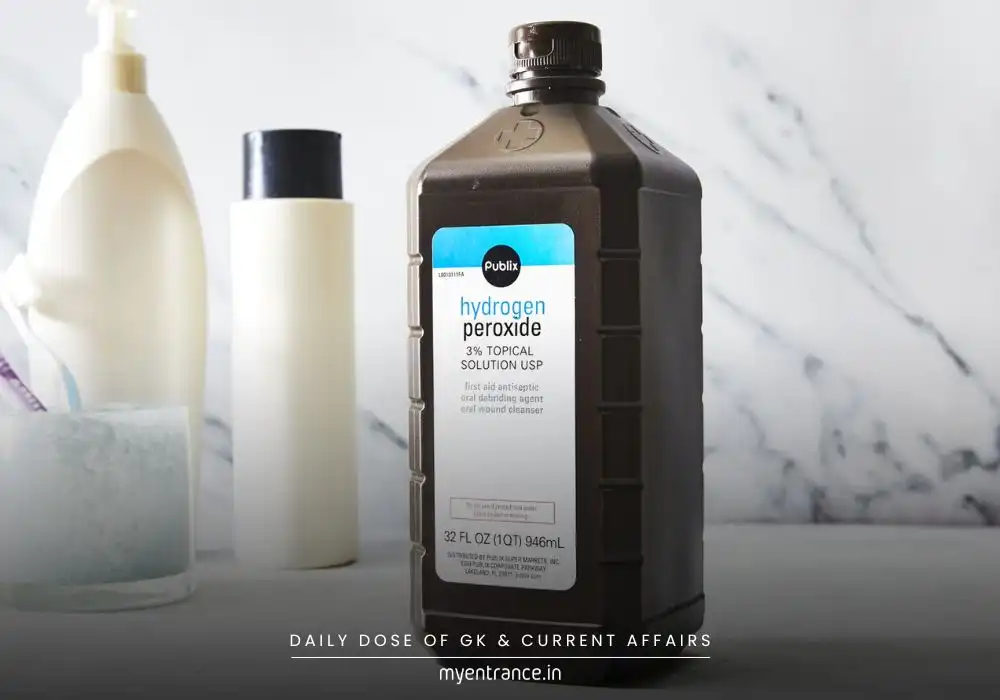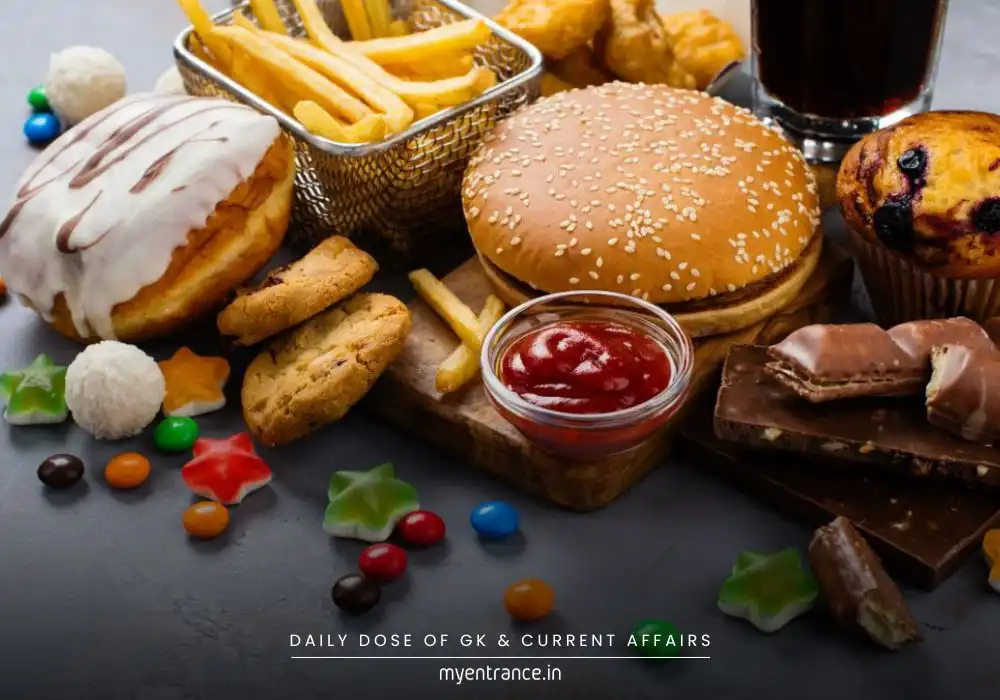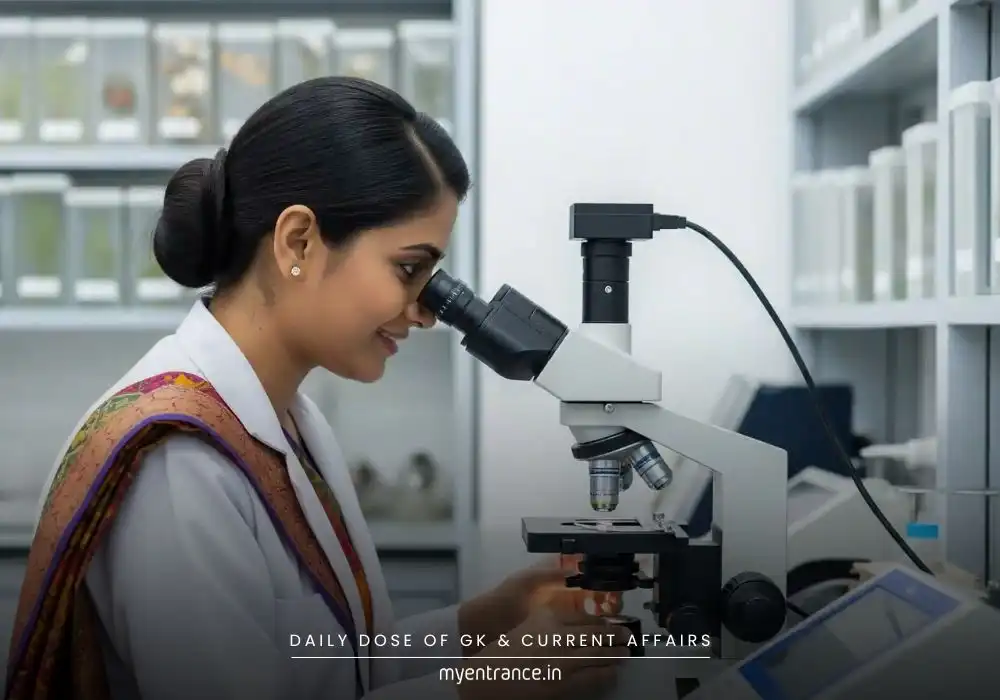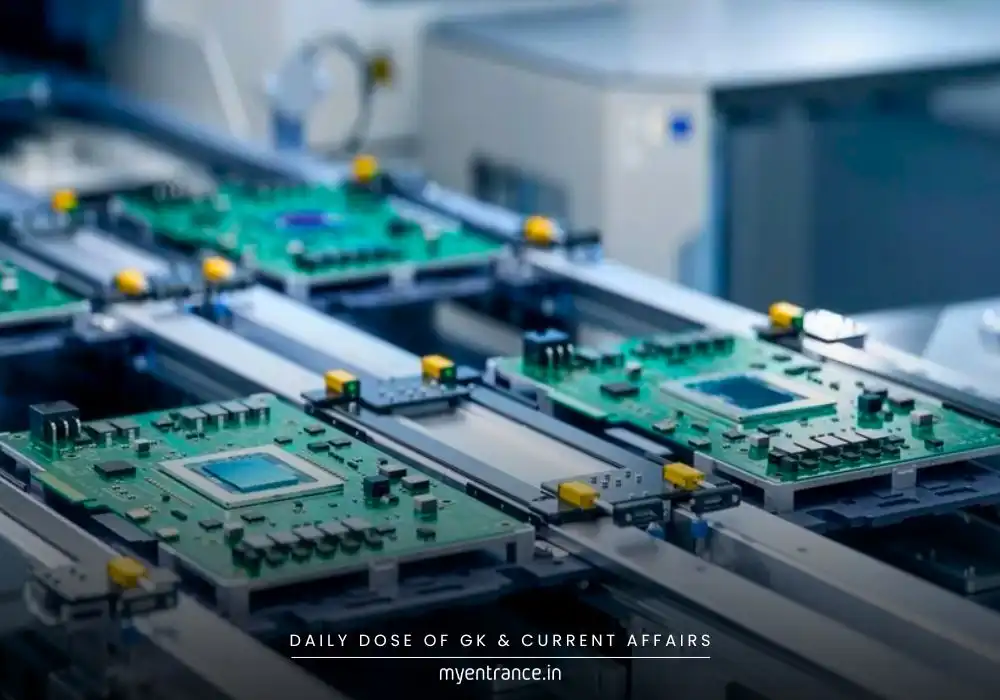Translate Language
Can Sunlight and Water Replace Traditional Hydrogen Peroxide Production?
Hydrogen peroxide (H₂O₂) is a versatile chemical used in wound disinfection, water treatment, fuel cells, and industrial processes. However, conventional production methods are energy-intensive and environmentally harmful. Recent advancements in photocatalysis have introduced a solar-powered solution—Mo-DHTA COF, a novel material that synthesizes H₂O₂ sustainably.

Why is Hydrogen Peroxide Important?
H₂O₂ is crucial because:
✔ Eco-Friendly – Decomposes into just water and oxygen.
✔ Medical Use – A key antiseptic in wound care.
✔ Water Purification – Kills bacteria without harmful residues.
✔ Industrial Applications – Used in bleaching, electronics, and fuel cells.
Yet, traditional production relies on fossil fuels and toxic chemicals, making green alternatives like Mo-DHTA COF essential.
Limitations of Traditional Photocatalysts
Most photocatalysts (like metal oxides or carbon nitride) face challenges:
Poor light absorption (wide band gaps).
Low stability under prolonged sunlight.
Inefficient electron transfer, reducing H₂O₂ yield.
This inefficiency drives the need for better materials like COFs.
Why Covalent Organic Frameworks (COFs) Are Superior
COFs are porous, crystalline materials with:
✅ High surface area – More active sites for reactions.
✅ Tunable properties – Can be optimized for light absorption.
✅ Narrower band gaps – Better sunlight utilization.
However, standard COFs still struggle with slow charge transport, limiting their efficiency.
Breakthrough: Mo-DHTA COF for Solar-Powered H₂O₂
Researchers enhanced COFs by embedding molybdenum (Mo) metal centers, creating Mo-DHTA COF. This material:
Binds oxygen efficiently for faster conversion.
Works under visible light, not just UV.
Functions in water, ethanol, and other solvents.
How It Works:
Sunlight excites electrons in Mo-DHTA COF.
Electrons reduce oxygen (O₂) into superoxide radicals.
These radicals react with protons to form H₂O₂.
Key Advantages Over Conventional Methods
✔ Higher Efficiency – More H₂O₂ per sunlight exposure.
✔ Reusable – Stable for multiple cycles without losing effectiveness.
✔ No Toxic Byproducts – Unlike traditional anthraquinone process.
✔ Scalable – Potential for industrial use.
Industrial & Environmental Benefits
This innovation could revolutionize:
Pharmaceuticals – Cheaper, cleaner antiseptic production.
Water Treatment – Sustainable disinfection.
Green Energy – Fuel cells and carbon dioxide reduction.
By reducing reliance on fossil fuels, Mo-DHTA COF paves the way for greener chemical manufacturing.
Future Prospects
Researchers aim to:
🔹 Optimize Mo-DHTA COF for even higher yields.
🔹 Test other metal-embedded COFs (e.g., cobalt, nickel).
🔹 Scale up for industrial hydrogen peroxide production.
This technology could extend beyond H₂O₂ to solar-driven chemical synthesis.
Sample Questions & Answers (For Competitive Exams)
Q1. What is the main advantage of Mo-DHTA COF over traditional H₂O₂ production?
A1. It uses sunlight and water, making it eco-friendly and cost-effective.
Q2. Why are conventional photocatalysts inefficient?
A2. Due to wide band gaps, poor stability, and slow electron transfer.
Q3. How does Mo-DHTA COF improve charge mobility?
A3. By embedding molybdenum centers, enhancing electron flow.
Q4. What industries benefit most from this innovation?
A4. Pharmaceuticals, water treatment, and green energy sectors.
Q5. What makes H₂O₂ environmentally safe?
A5. It decomposes into water and oxygen without toxic residues.
Get 3 Months Free Access for SSC, PSC, NIFT & NID
Boost your exam prep!
Use offer code WELCOME28 to get 3 months free subscription. Start preparing today!















